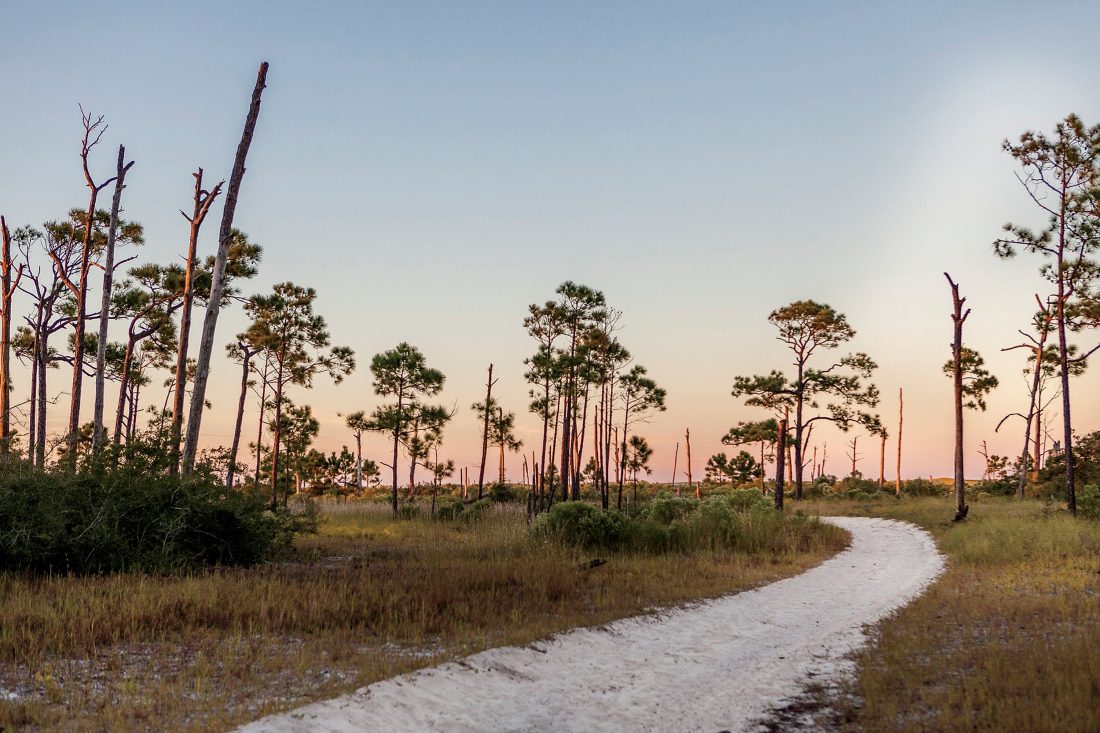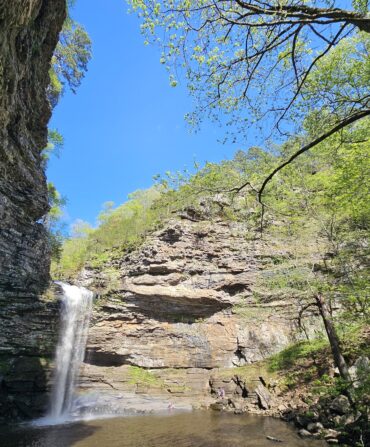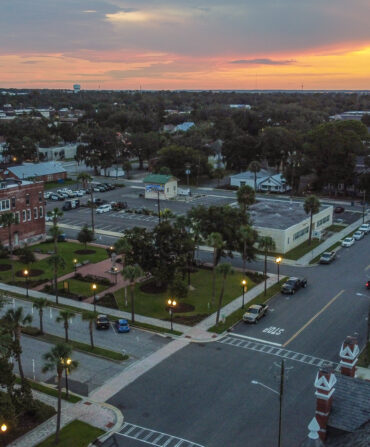From the Biloxi, Mississippi, marina, it took forty minutes to reach the windswept eastern end of Horn Island. My charter boat operator, Captain Travis, landed on the beach and helped our party of four unload tents, coolers, deck chairs, and a seven-gallon jug of drinking water. Then he climbed back in the boat and motored off. He’d return in a couple of days, but for now we were marooned. To the north, twelve miles of choppy Mississippi Sound separated us from the mainland; on the island’s south side, sugar-white shores sloped down to the Gulf of Mexico. The closest human was a park ranger, six miles away by foot, in a cabin in the middle of this wild stretch of sand, slash pines, and freshwater lagoons.
I first learned about Horn Island on a trip to the mainland beach town of Ocean Springs. No bridge or ferry? Hardly any overnight visitors? No way to get there except by kayak or boat? I had to go. I’d visited barrier islands before, but I’d never seen one so untouched by development. Plus, this island belonged—in a spiritual sense—to Walter Anderson, the New Orleans–born artist who made his home and creative life on the Mississippi Gulf Coast. When he died, in 1965, his family discovered thousands of mesmerizing drawings and paintings of Horn’s plants and animals in his cottage studio.
Between 1944 and his death, Anderson made countless trips to the island. He rowed and sailed his little skiff alone across the sound from his home in Ocean Springs, camped for weeks, and painted as much as the weather and gnats would permit. “Rain all day yesterday and last night,” Anderson wrote on one trip. “I managed to do two water colors in spite of it, a thistle and a bacchanalian decoration—green briar, with the sun shining thru vermilion and green gold leaves, blue-black berries.”

Illustration: Courtesy of the Walter Anderson Museum and the family of Walter Anderson.
Different Strokes
Rowing, an Anderson self-portrait.
Anderson’s life and creative affair with Horn Island are as full of tragedy and romance as classical myth. The artist struggled with mental illness, drank too much, and raged at his wife and children. He shunned domestic comforts for risky journeys through China, down the Mississippi River, and to Horn Island during a hurricane. But his wildlife paintings—all those paradisiacal images of fish, birds, and turtles—testify to how clearly he saw the natural world, and to the value of a place like Horn Island.
The U.S. government eventually recognized its worth, too. In 1978, Horn and nearby Petit Bois Island became federally protected wilderness. The artist would have rejoiced at the flocks of brown pelicans I saw; during his lifetime DDT was pushing these creatures toward extinction. Still, Horn hasn’t remained untouched by recent natural and man-made disasters. Hurricane Katrina battered its forests, the BP explosion sent oil onto the island’s beaches, and the Pascagoula shipping channel remains a threat, stealing the sand that barrier islands use to replenish eroding shorelines. Horn has shrunk by 18 percent in recent decades, a loss that should haunt anyone who loves the coastal South.
Our group, which included my husband and two biologist friends, did our best to observe island ecology as closely as Anderson did. We hiked past tidal pools garlanded by feathers and hundreds of avian footprints. We paused at oblong lagoons ringed by marsh. We watched a rabbit standing stock-still beneath a gnarled oak, and admired the papery armor of horseshoe crabs. When it got hot, I traded my walking shoes for a swimsuit and leaped into the Gulf.
The waters around Horn Island get crowded in summer when day-trippers boat over to party and sunbathe. But the best exploring weather is in spring and fall. We hired one of the dozens of charters authorized by the Park Service and found the island empty in March. When I crawled out of my tent on our second morning, I saw only a pair of dorsal fins in the surf: two dolphins cutting a westerly path beneath the white orb of the morning sun.
One of the biologists is a crack birder, and he counted forty-three different species. We saw white egrets and bright-beaked oystercatchers and the wee snowy plover, a species that needs every bit of protected beach it can find. In spring, the island becomes a safe zone for hungry and exhausted flocks migrating north from the Yucatán; every fall, the trees flutter with monarchs floating south.
People don’t talk about Horn Island as much as parks like the Great Smoky Mountains. That’s fine. Let everyone else go there, and leave me on this quiet island at dusk, when there’s nothing to do but sip whiskey from plastic cups and watch the dunes cast long shadows across the sand. When night comes, the sky stays black except for the stars and moon and the yellow lights of cargo ships on the distant horizon.
I could go on about blooming goldenrod, or the sight of a glittering fish caught in an osprey’s talons, or what Horn’s wildness does for the human spirit. But I’ll let Anderson have the last word. “I found a magnificent thistle beginning to bloom,” he wrote one cold winter day in 1959. “There are places on this island where they alone are worth coming to see.”








